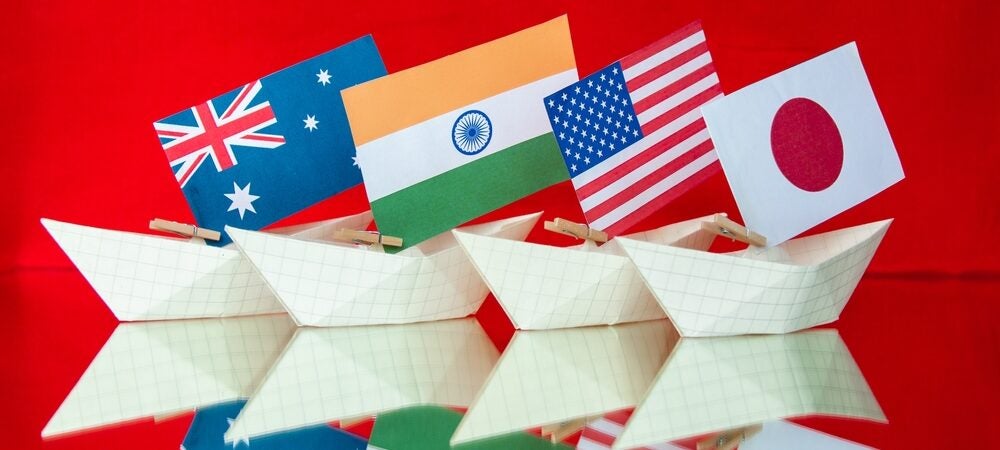Introduction
In the five years following the withdrawal of the United States from the Trans-Pacific Partnership (TPP), Asian economic production continues to grow while the US lacks clear direction on how to engage with the region. Following the US withdrawal, eleven Indo-Pacific countries continued with negotiations and pursued the new Comprehensive and Progressive Agreement for Trans-Pacific Partnership (CPTPP). Together, economies of the CPTPP make up roughly 13% of the world’s GDP and the agreement creates one of the world’s largest free-trade zones. As economic giants such as China and the United Kingdom begin the process of joining the CPTPP, it becomes essential for the US to establish clear economic goals in the region in order to not be left behind.
Secretary of Commerce Gina Raimondo’s statement that the US will not seek to join the CPTPP came with the announcement of the Indo-Pacific Economic Framework (IPEF) a plan being developed by Biden administration officials to engage with the region through means other than the CPTPP. This paper will provide background on policies and issues that the administration will need to prioritize as they begin to reveal more details on this framework.
Background
Little is known about what exactly the IPEF will do to enhance the US’ engagement in the region. The administration’s announcement of the framework in October outlined half a dozen areas on which the framework will focus: trade facilitation, digital standards, supply chain resiliency, decarbonization and clean energy, infrastructure, and worker standards. The Biden administration has indicated that this framework will not feature new free trade agreement proposals and will not commit to any new market access opportunities for Asian countries. The anti-trade rhetoric used during the 2016 presidential election and the early days of the Trump administration has quieted in the first year of Biden’s presidency. Still, it is worth nothing that the Biden administration does not feel the political climate will allow for multilateral, binding trade agreements to pass during this Congress and will not put the IPEF before the body.
The IPEF’s long-term impact will be reliant on the number of binding commitments that the US can agree upon with countries in the region. Even in the absence of congressional approval on a formal trade deal, having negotiations and securing agreements on high standard commitments will legitimize the IPEF. Because the Indo-Pacific encompasses such a large and diverse region, the US will be effectively forced to choose specific countries for participation in the IPEF. Presumably, the US will initially focus on engagement with Japan, Australia, and the Republic of Korea. These countries’ advanced economies and established trade deals with the US make them easy partners for the Biden administration to focus on. But, in order for the IPEF to maximize its goals of improving labor conditions and environmental protections and shaping trade in Asia, the Biden administration will need to engage with developing ASEAN countries.
Engagement with less-developed Asian and Southeast Asian countries is important as these countries (including Vietnam, Bangladesh, Cambodia, etc.) are key exporters of textiles, footwear, and machinery to the US. In 2020, the US imported over $1 trillion dollars’ worth of goods (nearly 50% of all imports) from countries on the Asian continent. Although the region has leading export numbers, the Asia-Pacific is home to poor working conditions, undeveloped labor protections, and infrastructure vulnerability. Integrating countries with these vulnerabilities and issues into the IPEF will allow the US to encourage and enforce labor standards around the world.
The following analysis section focuses on supply chain resiliency and establishing robust digital economy and technology standards. These two areas will have an immense impact on the US’ success in the Indo-Pacific. The US’ engagement with supply chain resiliency will enable companies and countries to trade more efficiently as new knowledge of supply chains will decrease supply chain bottlenecks and recognize flaws in their supply chains. Furthermore, fostering high standards in the digital economy and technology arena will prove amenable to US interests as an increasing number of its vital industries handle their domestic and international businesses on virtual platforms.
leebaker-briefingpaper-220517To read the full report from the Yeutter Institute, please click here.

